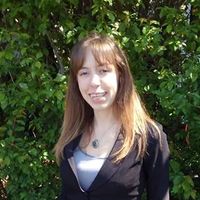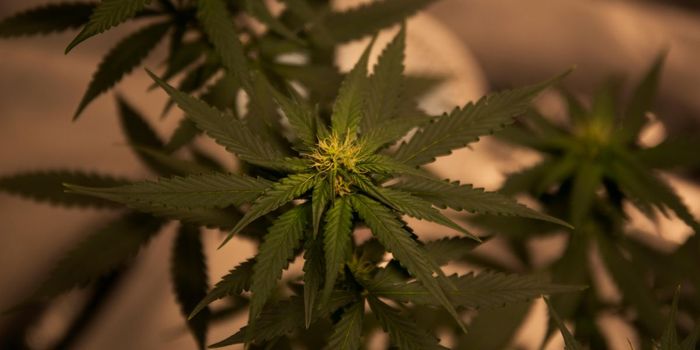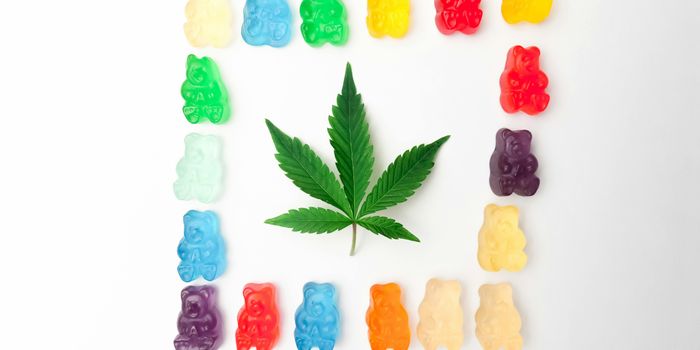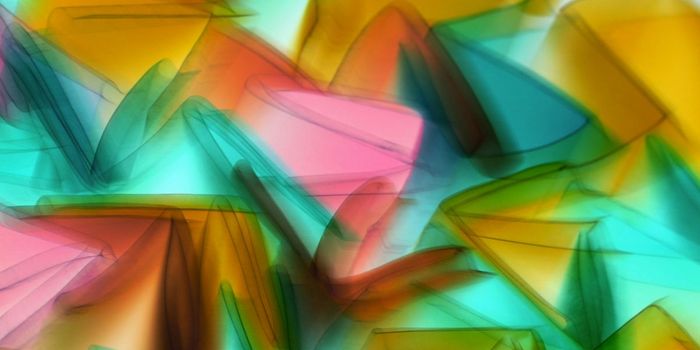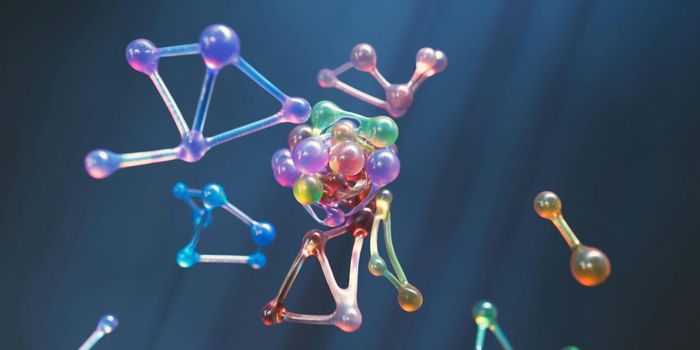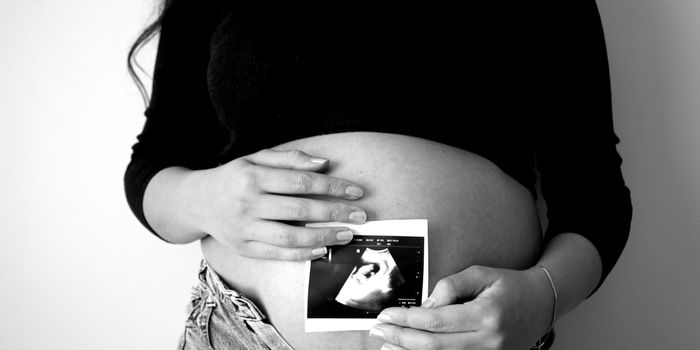How the Biphasic Effect of Cannabinoids Controls Dosing
Meet Mary, Mary takes one hit from a joint and she is stoned, but her friend Janice can smoke the rest of the joint or eat THC gummies and hardly feel different. Meet Joe, Joe can drink a beer and feel chatty, but if Joe finishes a six pack he's crying in the bathroom and passing out in the stall. This is called the biphasic effect.
Many compounds produce a biphasic effect, which means low and high doses can produce opposite effects. When Mary inhaled a small amount of cannabis smoke it was very effective, but when Janice inhaled a large dose of cannabis smoke the results just weren't there and she probably could have smoked another and felt fine. When a compound has a biphasic effect what can be relieved at a small dose can also be amplified at a high dose. Often anxiety is prone to this effect, and one may become paranoid and feel uneasy.
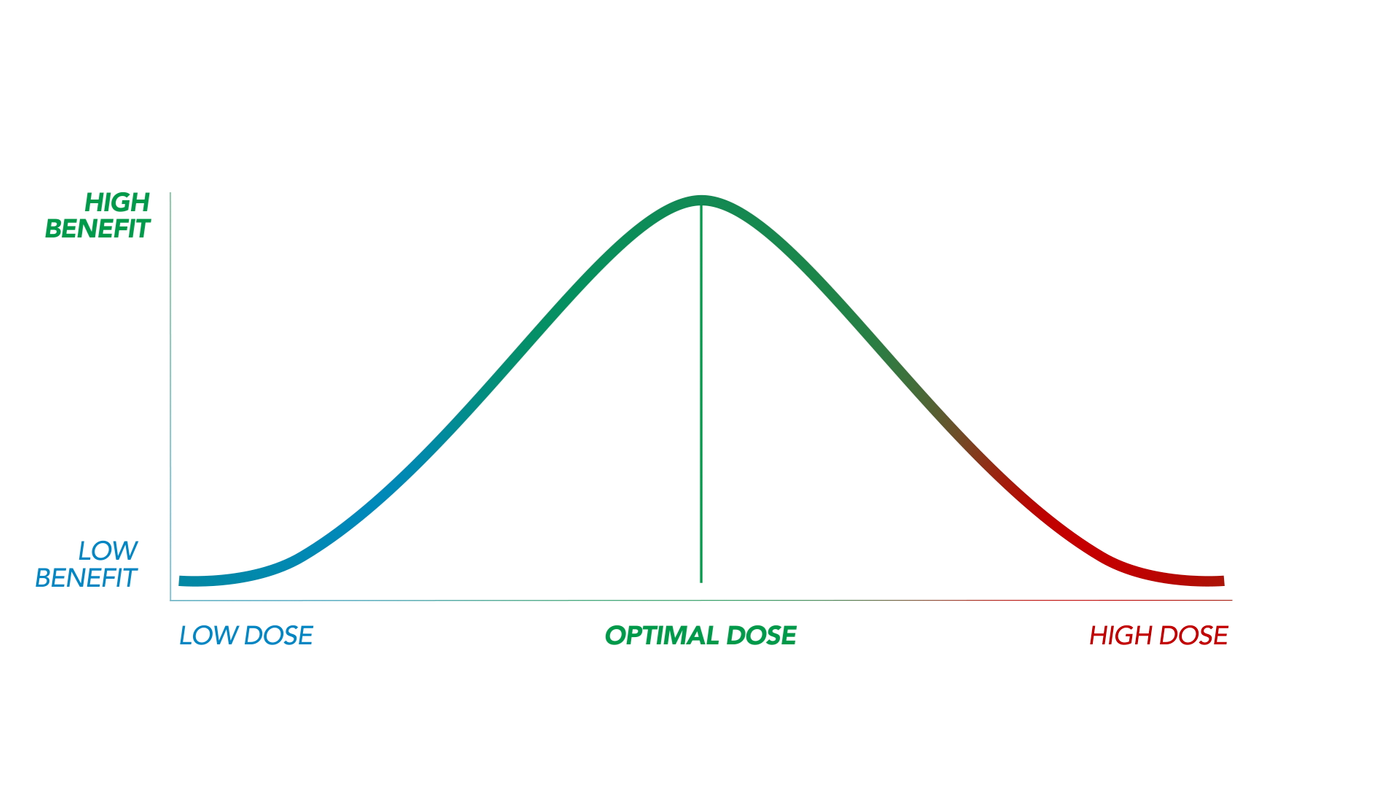
When one begins using cannabis to help relieve what ails them the protocol is to start low and go slow. What that means is you start at a low amount such as 1-2 milligrams and you increase either every dose or every few days. This will depend on the side effects felt. If a person is feeling dizzy or lethargic they should either stay at that dose or lower the dose and stay at that measurement for a few days before increasing. Average optimum dosing is between 3-10 milligrams. This dose level is referred to as microdosing. It is reported that people experience better mood, reduced anxiety, and less pain without any adverse effects at these levels. When titrating up to find your optimal dose it is ideal to stay at 5 milligrams for a week so one may feel comfortable with the effects that are experienced at this dose. It is good to discover how you react to a certain dose so you can ascertain on whether a higher dose is giving you more relief or less relief. If you look at the graph above you will see that a bell curve forms when comparing the strength of dose versus benefits. One will actually experience a loss of benefits at a high concentration of cannabis, this concentration will differ for everyone based on their endocannabinoid tone. Endocannabinoid tone is an equation that contains the number of endocannabinoids, receptors, and enzymes that metabolize the cannabinoids. We are beginning to understand that if you oversaturate the receptors the body will actually turn the receptors off or even metabolize them, and an increase of enzymes to metabolize the cannabinoids will be excreted into the blood. When homeostasis is reached the receptors will "turn back on". Finding this spot of homeostasis is finding your optimal dose or otherwise referred to as your sweet spot.
There are cases where people need high doses to achieve results such as the apoptosis of cancer cells. Clinical studies are produced with doses at or above 50 milligrams. An average of 50- 800 milligrams a day of total cannabinoid count is what is used in cancer treatments. If one is using cannabis to just help relieve the symptoms of cancer and conventional treatments the dose is more averaged at 20-50 mg. This is for symptom relieve such as nausea, bone pain, and appetite stimulation.
It is very individual as to what someone's optimum dose is, one must start low and titrate the dosage over weeks of time. One must also experiment with what ratio works best for them. It has been seen that when CBD and THC are combined in the same dose that greater reduction in pain is seen versus using the cannabinoids separately, but what also is seen is that the strength of the dose is higher overall. In a study of 177 patients with cancer pain, the group that received a treatment of just THC used an average of 27 mg whereas the group that used a 1:1 ratio of THC: CBD used an average of 60 mg but reported a superior reduction in pain. All in all the sum is larger than its parts. This is not across the board treatment. When finding your optimum dose and ratio one must experiment by consulting experts, trying different ratios, and titrating their dosage.
Sources: Hope CBD, Leafly, Green Flower Media, Vapor Vanity
